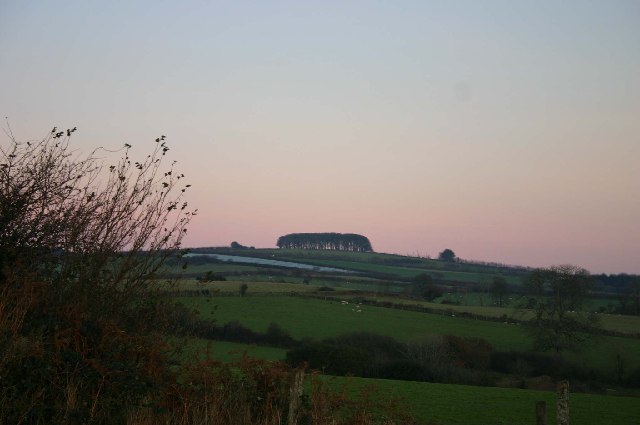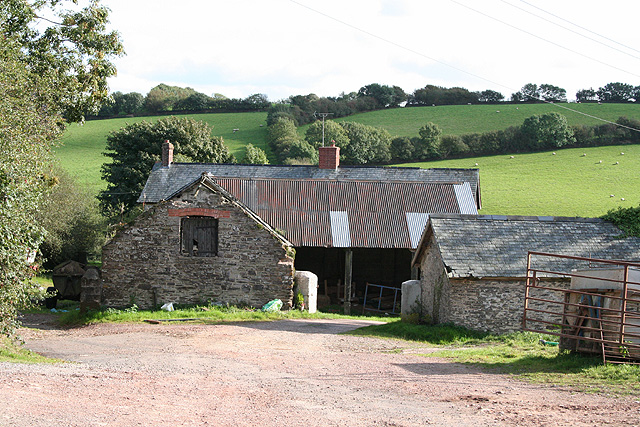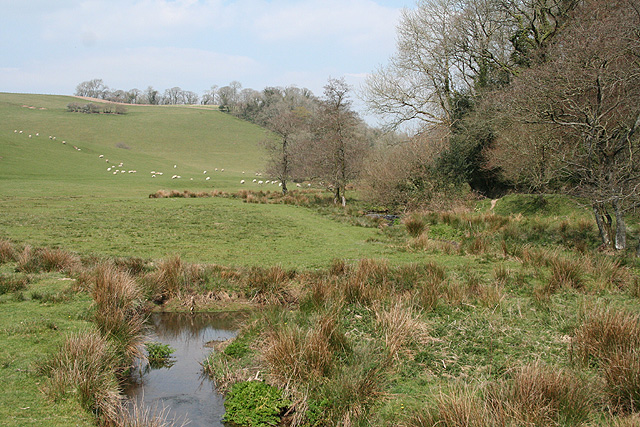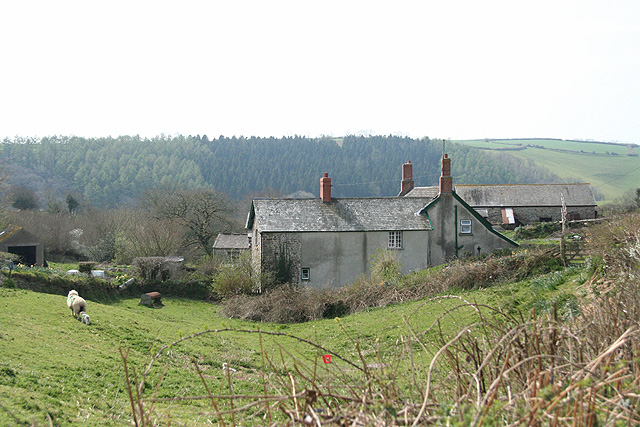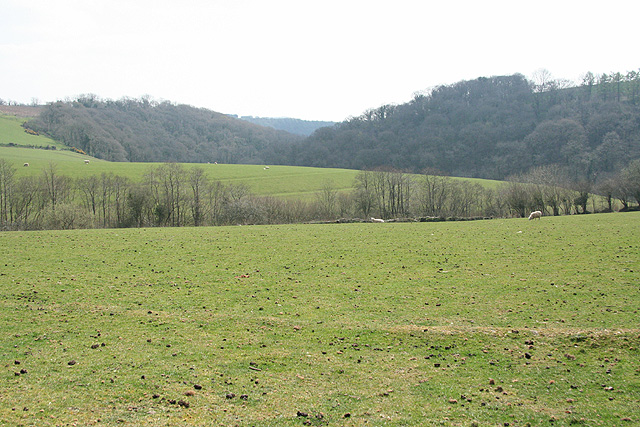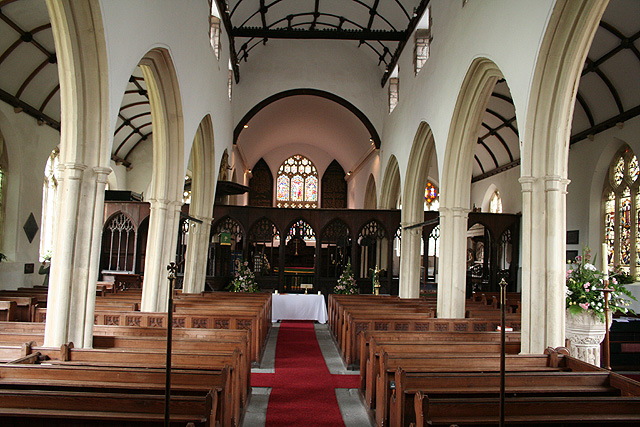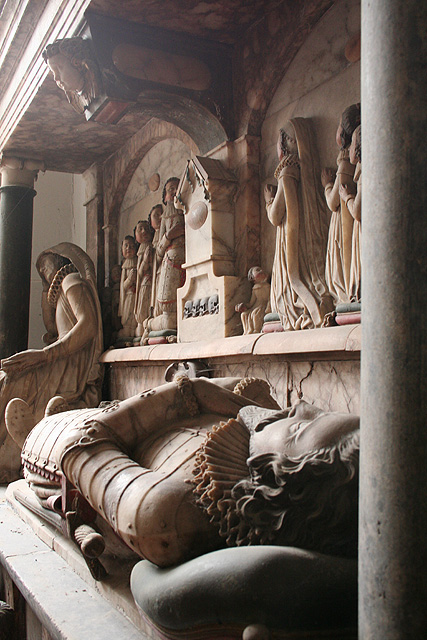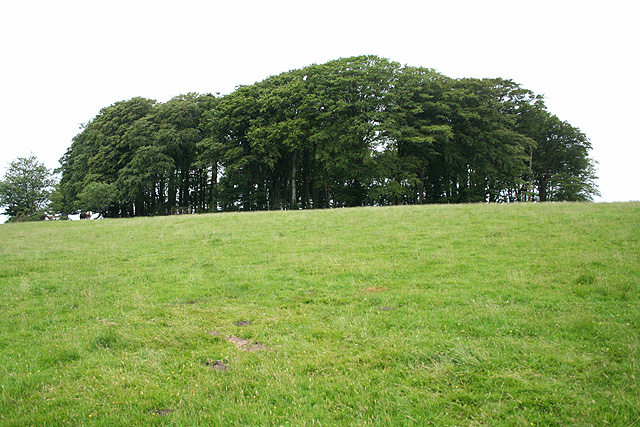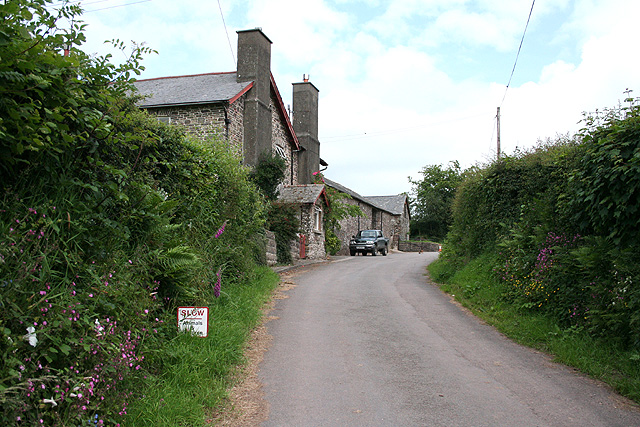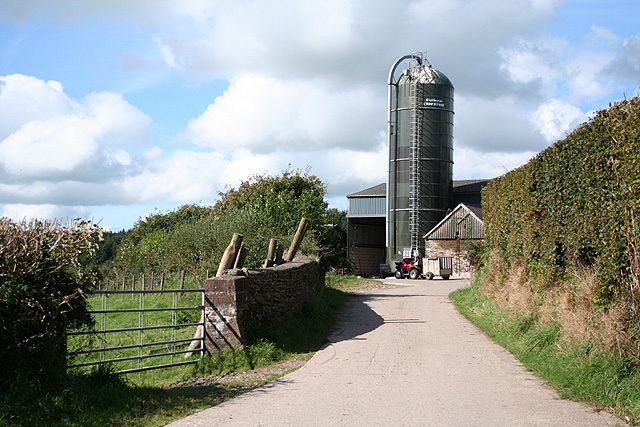Bampfylde Clump
Wood, Forest in Devon North Devon
England
Bampfylde Clump
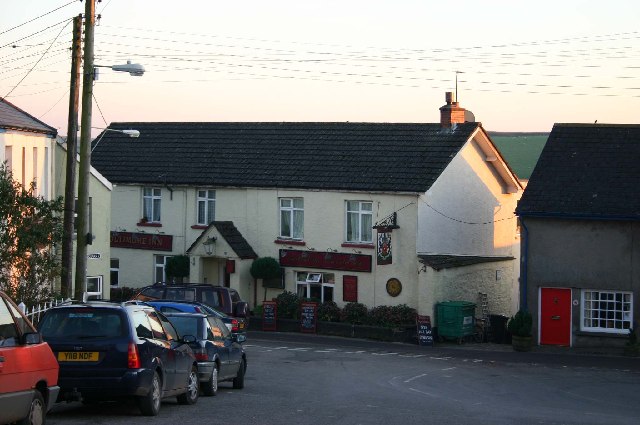
Bampfylde Clump is a small woodland area located in the county of Devon, England. Situated near the town of Exeter, it is nestled within the picturesque countryside, offering a tranquil escape for nature lovers and outdoor enthusiasts alike.
Covering an area of approximately 10 acres, Bampfylde Clump is predominantly made up of deciduous trees, including oak, beech, and birch, which create a stunning canopy during the summer months. The woodland floor is rich with a diverse range of flora, such as bluebells, wood anemones, and primroses, adding vibrant splashes of color to the landscape.
The clump is crisscrossed with a network of well-maintained footpaths, allowing visitors to explore the area at their own pace. These paths lead to various viewpoints, providing panoramic vistas of the surrounding countryside and the nearby River Exe. Additionally, there is a small picnic area where visitors can relax and enjoy a meal amidst the tranquil surroundings.
Bampfylde Clump has a rich history, dating back to the early 19th century. It was originally planted as a private woodland by the Bampfylde family, who owned the nearby Poltimore House. The clump served as an ornamental addition to the estate, providing a picturesque backdrop for the grand house.
Today, Bampfylde Clump is managed by the National Trust, who ensure its preservation and accessibility for the public to enjoy. It is a popular destination for walkers, joggers, and families seeking a peaceful retreat in nature. With its stunning scenery, diverse flora, and rich history, Bampfylde Clump is a hidden gem in the Devon countryside.
If you have any feedback on the listing, please let us know in the comments section below.
Bampfylde Clump Images
Images are sourced within 2km of 51.069313/-3.8152743 or Grid Reference SS7231. Thanks to Geograph Open Source API. All images are credited.

![North Molton: Bampfylde Mine The mine was worked for copper in the 18th and 19th centuries. Seven waterwheels were on site in 1868, powered by more than one leat; these were used for pumping the mine and crushing and dressing the ores. Looking south east. [For more information see ‘Exmoor’s Industrial Archaeology’, edited by Michael Atkinson, Exmoor Press, 1997]](https://s0.geograph.org.uk/photos/24/88/248832_43382e3f.jpg)

Bampfylde Clump is located at Grid Ref: SS7231 (Lat: 51.069313, Lng: -3.8152743)
Administrative County: Devon
District: North Devon
Police Authority: Devon and Cornwall
What 3 Words
///implanted.beside.statue. Near South Molton, Devon
Nearby Locations
Related Wikis
North Molton
North Molton is a village, parish and former manor in North Devon, England. The population of the parish in 2001 was 1,047, decreasing to 721 in the 2011...
South Radworthy
South Radworthy is a hamlet in the civil parish of North Molton, in the North Devon District of the county of Devon, England. It is about three miles to...
Bentwitchen
Bentwitchen is a hamlet in Devon, England. == References ==
North Radworthy
North Radworthy is a hamlet and historic estate in the civil parish and former manor of North Molton, in the North Devon district of the county of Devon...
Bremridge
Bremridge is a historic estate within the former hundred of South Molton in Devon, England. It is now within the parish of Filleigh but was formerly in...
High Bray
High Bray is a village, church of England parish and former civil parish, now in the parish of Brayford, in the North Devon district, in the county of...
Whitechapel, Bishops Nympton
Whitechapel is an ancient former manor within the parish of Bishops Nympton, in north Devon. It was the earliest known residence of the locally influential...
Bremridge Wood
Bremridge Wood formerly part of the Domesday Book estate of Bremridge near South Molton, Devon, England, is the site of an Iron Age enclosure or hill fort...
Nearby Amenities
Located within 500m of 51.069313,-3.8152743Have you been to Bampfylde Clump?
Leave your review of Bampfylde Clump below (or comments, questions and feedback).
